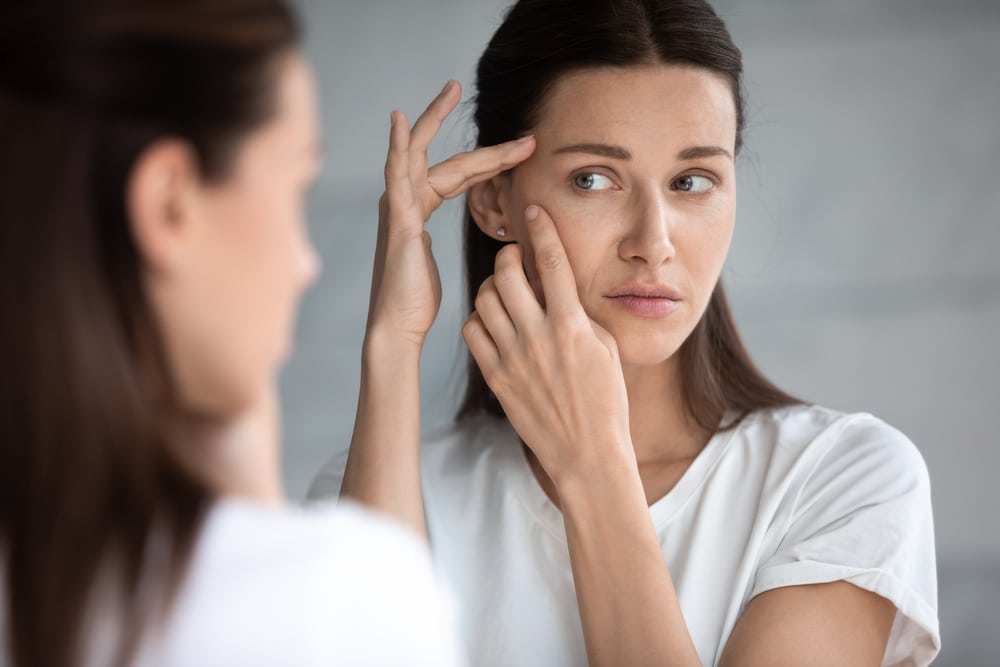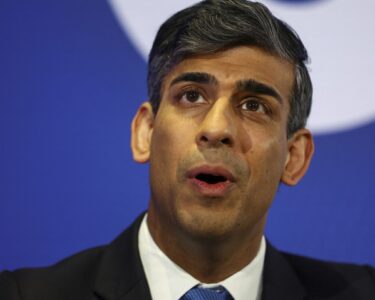Why Humans Age Faster During Two Key Phases of Life
Discover why humans age faster during two unique phases of life. Learn how early childhood and old age impact our biological clock and uncover surprising insights into the aging process.
Aging is an inevitable reality for all living beings, but have you ever wondered why humans age faster during certain stages of life? Scientific studies reveal that humans experience accelerated aging during two key phases: early childhood and old age. These transformative periods are integral to physical and psychological development, but they also demand significant energy from the body, speeding up the aging process. In this article, we’ll delve deep into these phases, explore why they occur, and what these insights teach us about human biology.
- What Makes Us Age?
- Early Childhood: The Fast-Track Phase
- Late Adulthood: Deceleration and Decline
- Can We Slow This Aging Process?
- The Future of Aging Research
What Makes Us Age?
To understand why humans age faster during early childhood and old age, we first need to look at the fundamental reasons behind aging. Aging is primarily influenced by genetic, environmental, and cellular factors. Over time, the body accumulates damage at a molecular and cellular level, leading to the gradual loss of function in tissues and organs. This process is often explained through theories like the free-radical theory and the wear-and-tear hypothesis.
Growth spurts, developmental milestones, and hormonal changes during different life stages demand significant energy from the body. Coupled with environmental factors like nutrition, stress, and sleep, certain phases amplify the biological mechanisms that contribute to aging. Now, let’s focus on the two key phases where this acceleration is most apparent.
Early Childhood: The Fast-Track Phase
Early childhood, particularly the first five years of life, is a period of rapid growth and transformation. During this time, humans experience rolling biological changes that are essential for survival and development.
A Rapid Biological Upheaval
From birth to age five, the brain develops at an extraordinary pace, forming neural connections at the rate of about one million per second (Harvard University). These changes require significant energy and cellular activity. This can lead to higher cellular damage and stress, indirectly accelerating the natural aging process. However, the body’s ability to repair itself during this phase is also at its peak, which balances out much of the damage.
Growth Hormones at Play
Growth spurts during childhood also play a role in why humans age faster at this stage. Growth hormones like IGF-1 (Insulin-like Growth Factor 1) surge intensely, leading to increased metabolic rates. While these hormonal boosts are key to development, they may inadvertently strain the body’s resources.
Impact on Long-Term Aging
The accelerated aging that occurs during early childhood sets the foundation for the rest of a person’s life. The quality of nutrition, care, and environment during this phase can have lasting implications on overall health and lifespan. That’s why interventions like adequate sleep, breastfeeding, and balanced nutrition are critical (World Health Organization).
Late Adulthood: Deceleration and Decline
The second key phase when humans age faster happens in late adulthood, typically starting in the 60s and beyond. Unlike early childhood, this period is characterized by a deceleration in growth alongside a marked decline in bodily functions.
The Role of Cellular Senescence
One of the primary reasons for accelerated aging in older adults is a process known as cellular senescence. As cells replicate throughout life, they accumulate DNA damage. Once they can no longer divide properly, they enter a state of “senescence,” releasing inflammatory signals that lead to tissue dysfunction and age-related diseases.
Reduction in Biological Resilience
In old age, the body’s ability to repair itself diminishes considerably. Chronic illnesses such as cardiovascular disease, diabetes, and arthritis further strain the immune system and exacerbate the natural aging process. Hormonal changes, like the reduction in growth hormone and sex hormones, also amplify this decline.
Visible Signs of Aging
Late adulthood is often when the visible signs of aging—such as wrinkles, gray hair, and loss of skin elasticity—become most apparent. Behind the scenes, muscle mass, bone density, and cognitive functions are also declining more rapidly. These changes make aging during late adulthood much more evident than in earlier years.
Can We Slow This Aging Process?
While we can’t halt aging entirely, certain interventions can potentially slow its rapid acceleration during key life phases. Here are some actionable strategies to mitigate the effects:
Early Childhood
- Ensuring proper nutrition with a focus on whole foods and essential vitamins helps build a strong foundation for lifelong health.
- Encouraging regular physical activity and minimizing exposure to toxic environments aids in healthy development.
- Providing emotional and social support fosters better mental health and reduces long-term stress impacts.
Late Adulthood
- Engaging in regular exercise, particularly strength training, can combat muscle loss and improve bone density.
- Focusing on brain health through activities, such as puzzles and learning new skills, stimulates cognitive function.
- Adopting anti-inflammatory diets rich in antioxidants may counteract some effects of cellular senescence.
The Future of Aging Research
Aging research is advancing rapidly, providing hope for mitigating age-related decline. Scientists are working on innovative therapies like biogerontology and stem-cell technology to prolong healthy aging. Additionally, breakthroughs in genetic engineering may one day help us slow down accelerated aging phases altogether.
How These Insights Shape Our Understanding
Understanding why humans age faster during early childhood and old age provides us with critical insights into how our bodies function. It emphasizes the importance of tailored care at each stage of life, from robust prenatal programs for infants to comprehensive geriatric care for older adults.
Final Thoughts
To sum up, humans age faster during two key phases of life—early childhood and late adulthood—due to unique physiological and cellular demands. Recognizing these accelerated aging phases allows us to optimize care during these critical periods and improve the quality of life for future generations.
For more fascinating health insights, visit ZexNews.
“`





